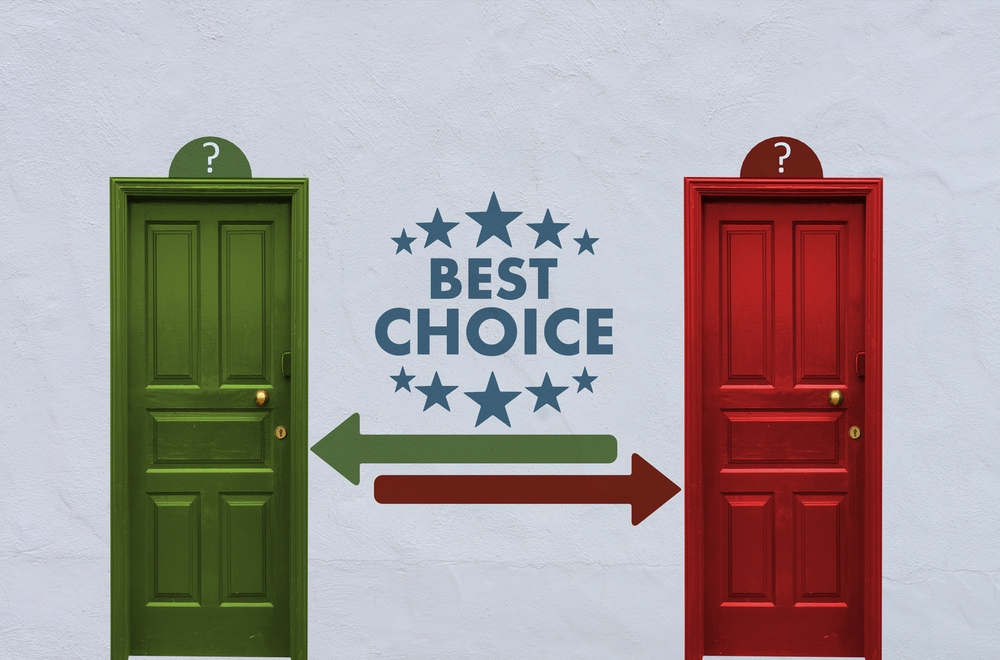
Employees or Customers First?
There is much debate in the business world about which orientation is the best choice when you are looking to succeed — should you strategically and culturally put employees or customers first? While employees and customers are both critical ingredients to any business, you cannot realistically focus on and invest equally in both from a strategic and cultural perspective.
So which is more critical to the success of your business?
Putting Employees First
This side of the debate argues that if you engage your employees they will exert more discretionary effort, be better brand and company advocates, and remain loyal workers for a longer period of time. This equates directly to greater financial returns and more fruitful interactions with customers. here’s some research:
These outstanding results create high levels of customer satisfaction and loyalty — and thereby profits.
Conversely, higher employee engagement correlates to nearly 20% greater productivity, more than 10% higher customer satisfaction, and up to 50% less voluntary turnover.
Companies that Put Employees First
Editors of Fortune magazine recently put together a list of 30 companies that truly put their employees first. To generate the list, they looked at companies whose work environments supported and encouraged employee development, career growth, and employee engagement.
Not surprisingly, in return, these organizations have been outperforming their peers in terms of employee turnover and employee performance. It’s also not surprising that Google, famous for treating its employees well, ranked #1 the list.
W.L. Gore & Associates
Another example is W.L. Gore & Associates, the manufacturer of Gore-Tex and Glide dental floss. They have an unbelievable 3% voluntary turnover rate for their full-time employees. As one of the 200 largest privately held U.S. companies with approximately $3 billion in annual sales, Gore vows to “reinforce a key element of the culture to take a long-term view.”
Beginning with their first annual picnic at the CEO’s home, they regularly and happily continue to include the entire workforce as they celebrate business milestones. The company focuses on fun, philanthropy, and making money with superior products. They believe and live their philosophy that engaged employees are simply good for business.
Southwest
One of our favorite examples of putting employees first is Southwest Airlines. From their smiles to their low fares, Southwest’s employees are treated better and deliver higher value compared with most other domestic airlines. Southwest has been profitable for 21 consecutive years and was the only major airline to realize a profit in 1992.
Putting Customers First
Amazon
On the other side of the debate is Amazon. Amazon has famously put their customers at the front and center of their business. Amazon goes beyond simple world-class customer service. CEO Jeff Bezos talks about “customer obsession.”
The company is regularly at the top of every customer service poll. Clearly, their customers-first approach, which now includes the ever more popular Amazon Prime, has won them record-breaking success. From an employee engagement perspective, however, the news has been mixed for Amazon. The word on the street is that working in their retail environment is less than engaging.
REI
Another company that focuses on their customers first is REI. But they are not looking to dominate all retail markets. They understand who their ideal target customers are and what their customers truly value. They recognize their niche and deliver superior service to their members who want dependable outdoor equipment with a no-questions-asked guarantee.
A customer-centric strategy and culture also pay handsome dividends. Back in 1990, Harvard Business Review calculated that a 5% increase in customer loyalty can produce profit increases from 25% to 85%.
The Bottom Line
When it comes to putting employees or customers first, clearly both approaches can breed success. There is no one-size-fits-all choice. As with most things related to culture, it all depends on your strategic direction.
While both employees and customers are vitally important, your true focus depends on your core business strategy and how well you align your culture with that strategy. Regardless of putting employees or customers first, when your culture and your strategy are aligned, your organization will outperform the competition.
To learn more about creating an aligned culture, download our How to Create an Aligned Workplace Culture
Explore real world results for clients like you striving to create higher performance